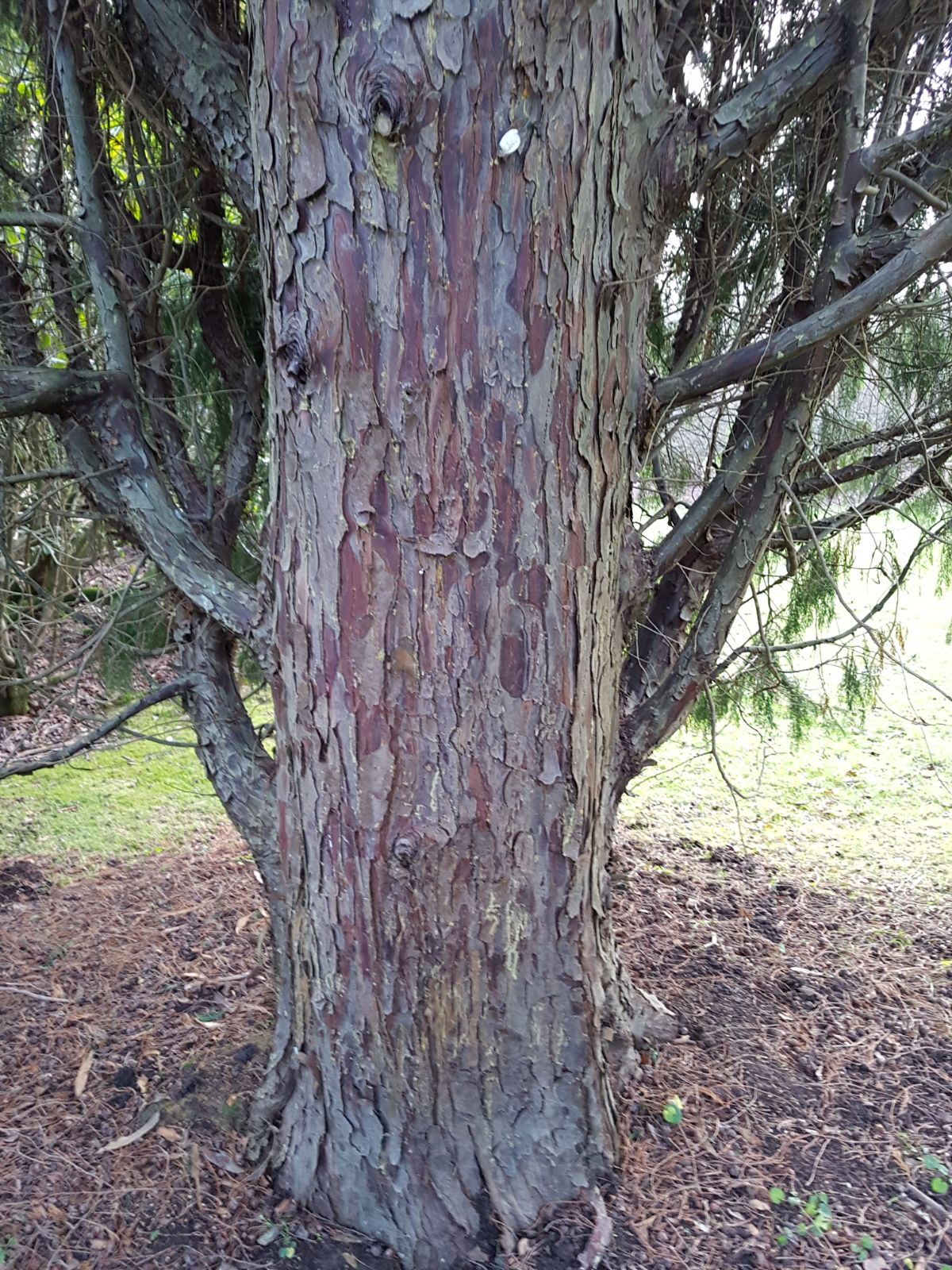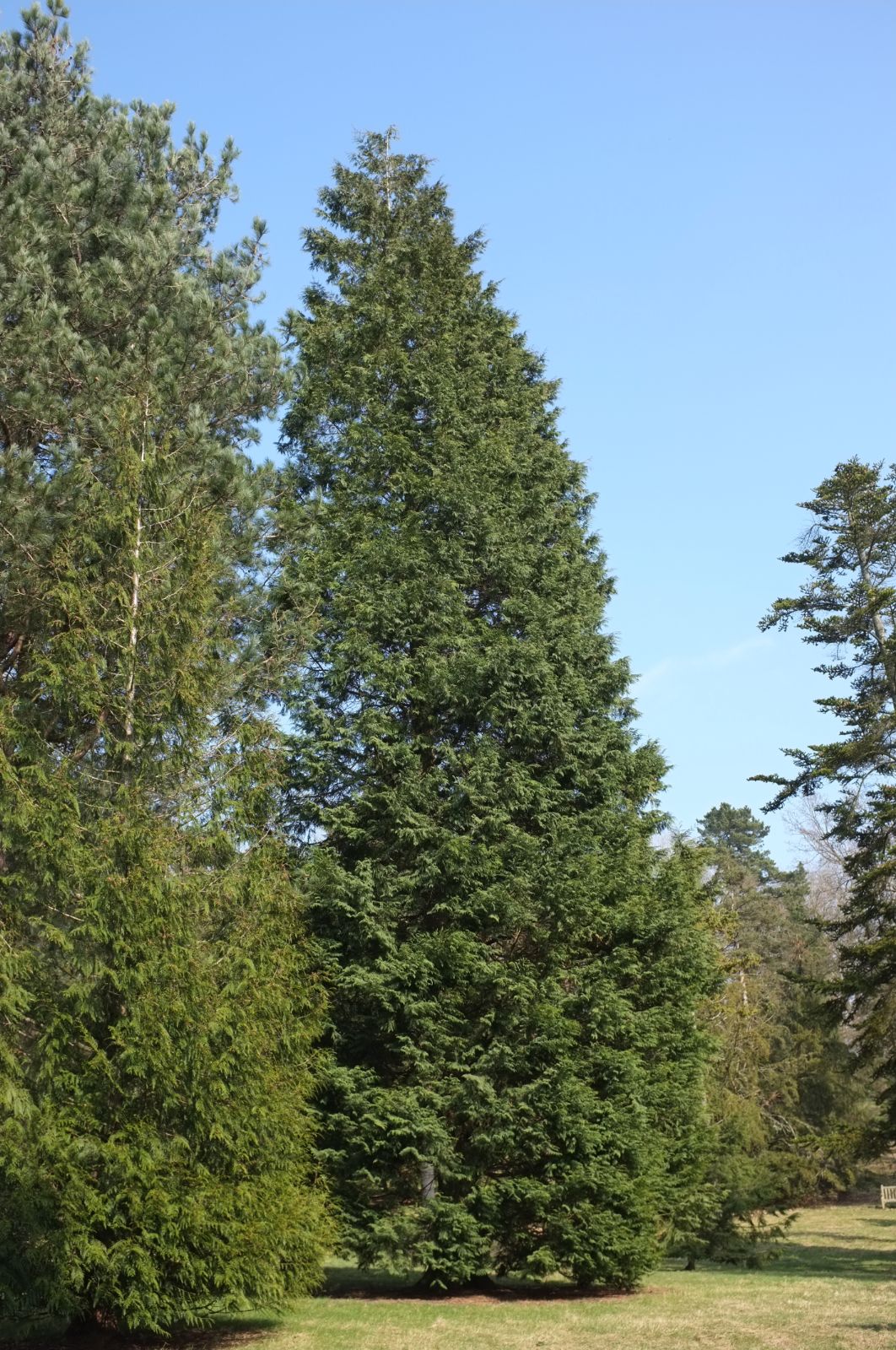× Cuprocyparis
Credits
Article from New Trees by John Grimshaw & Ross Bayton
Recommended citation
'× Cuprocyparis' from the website Trees and Shrubs Online (treesandshrubsonline.
Family
- Cupressaceae
Common Names
- Hybrid Cypresses
Synonyms
- × Cupressocyparis Dallimore & A.B. Jackson
Xanthocyparis (Chamaecyparis) nootkatensis is one of the parents of three inter generic hybrids – including the notorious Leyland Cypress, ×Cuprocyparis leylandii – that arose inadvertently in cultivation when X. nootkatensis was planted in close proximity to a number of Cupressus species. These first generation (F1) hybrids combine the hardiness and vigour of X. nootkatensis with the site-tolerance and fast growth rate of the various Cupressus species (hybrid vigour) (Rushforth 1987a).
The current debate over the taxonomy of Cupressus and Xanthocyparis, reviewed more fully in their generic accounts (see pp. 290, 901), has implications for the nomenclature of these hybrids. Names for hybrid genera (nothogenera) must be formed from the first part or all of the name of one of the parent genera and the last part or all of the name of the other. When Chamaecyparis nootkatensis was transferred into Xanthocyparis a new nothogeneric name was required to replace the familiar ×Cupressocyparis. With this in mind, Farjon et al. (2002) published the name ×Cuprocyparis, which differs as little as possible from its predecessor, thus causing minimal disruption to the horticultural (and legal!) systems using it regularly. This consideration was important in the decision to conserve Xanthocyparis over Callitropsis, as a hybrid combination involving the latter name would be quite unfamiliar (Brummitt 2007). However, if the view taken by Little (2006), that all American Cupressaceae form a monophyletic group, becomes widely accepted, the nothogeneric names would no longer be needed.
All these trees are tolerant of a wide range of growing conditions and will put on rapid growth, but are susceptible to the diseases that attack Cupressaceae, especially cypress canker (see p. 292).


